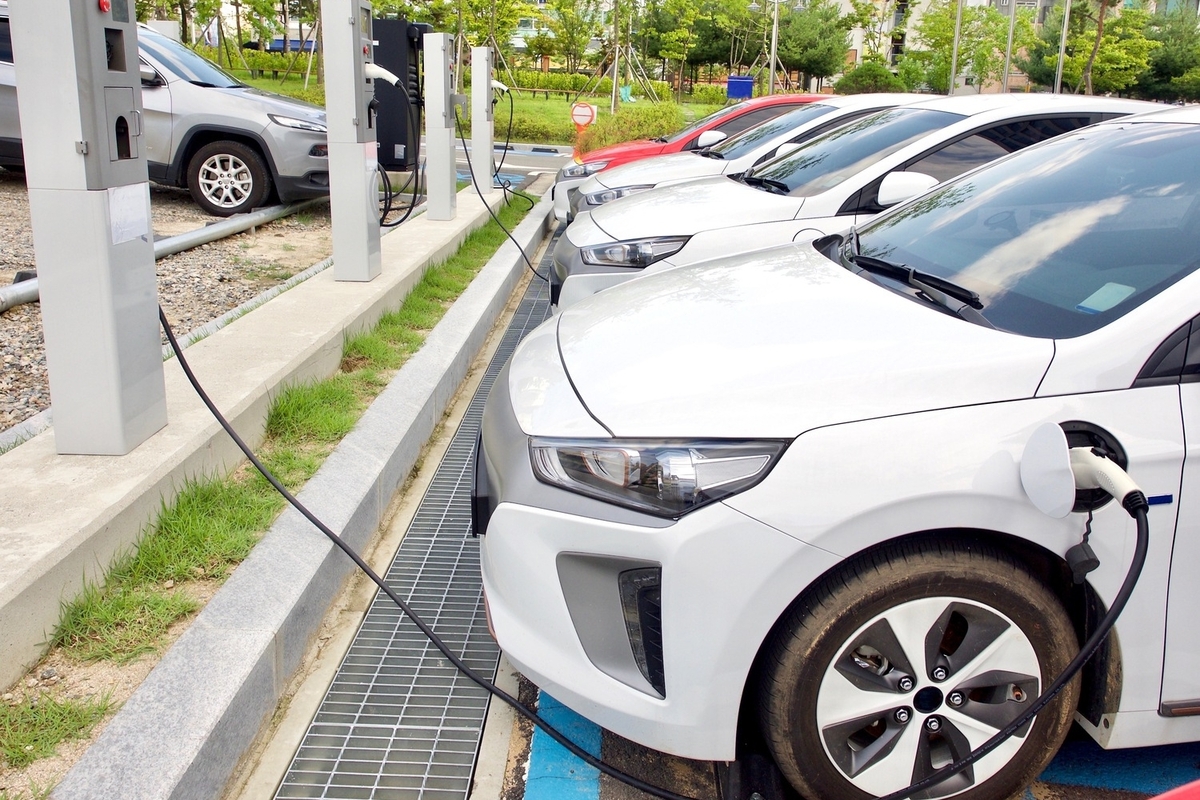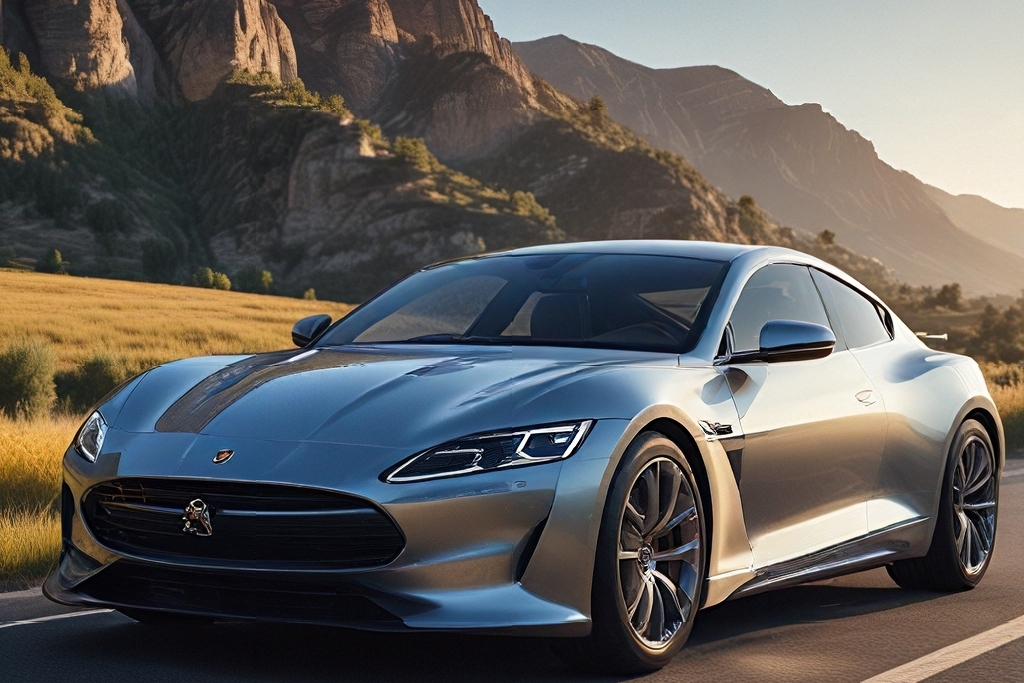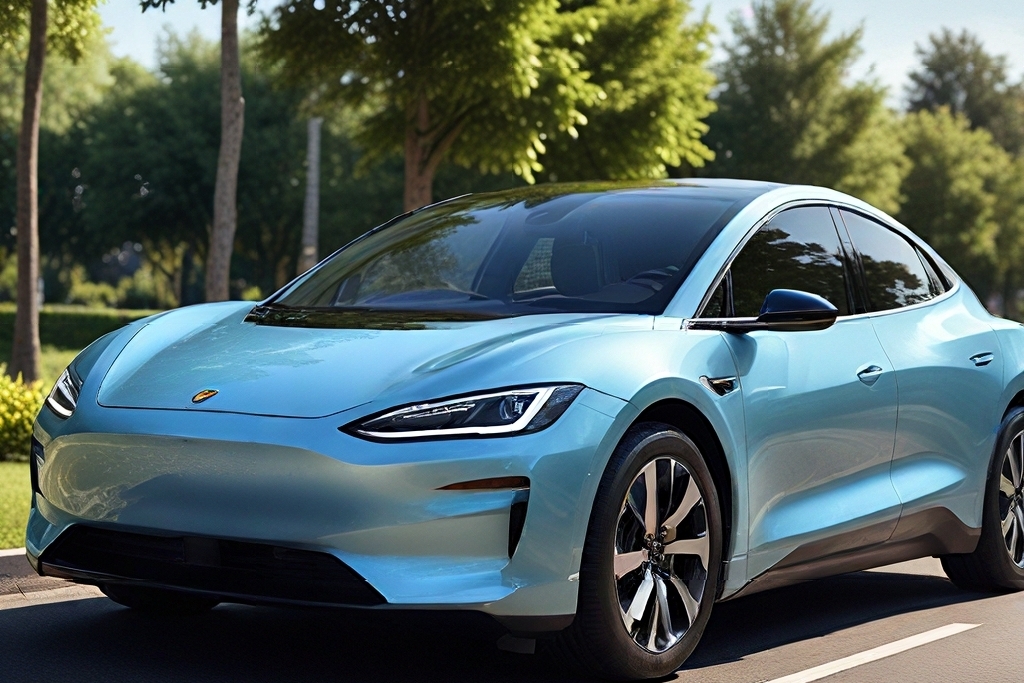The Rise of Tiny Electric Cars: Small Efficient and Sustainable
Electric vehicles (EVs) have become a hallmark of innovation and environmental responsibility in the automotive industry. While large electric cars like the Tesla Model S and Ford Mustang Mach-E grab much of the attention, a growing segment of smaller, more compact electric cars is rapidly gaining popularity. These “tiny” electric cars offer an affordable, efficient, and sustainable alternative for urban commuters, environmentally conscious drivers, and those seeking to downsize their vehicles.

The appeal of tiny electric cars
Tiny electric cars are designed to meet the needs of individuals who prioritize efficiency, lower costs, and environmentally friendly solutions. Here are a few reasons why these vehicles are gaining traction:
- Compact size
The small size of these cars makes them ideal for navigating crowded urban environments and tight parking spaces. Their smaller dimensions also mean lower weight, contributing to increased energy efficiency. - Affordable price
Typically, tiny electric cars are more affordable than their larger counterparts. This makes them accessible to a broader range of consumers, particularly those with a budget-conscious mindset. - Low running costs
As with all electric cars, tiny EVs offer significant savings on fuel. Charging costs are lower than refueling a gasoline car, and maintenance is generally cheaper due to fewer moving parts. - Environmental impact
Tiny electric cars, like all EVs, produce zero tailpipe emissions. This makes them a cleaner alternative to traditional vehicles, contributing to reduced air pollution and greenhouse gas emissions. - Urban adaptability
For people living in congested cities with heavy traffic, tiny EVs are a perfect solution. They can be easily parked, maneuvered through traffic, and are well-suited for short, city-based commutes.
Key features of tiny electric cars
Tiny electric cars often come equipped with features tailored to urban living and eco-friendly driving:
- Efficient powertrain
Compact electric motors and small batteries designed for short distances and minimal energy consumption. - Connectivity and smart features
Many tiny EVs come with smart connectivity features, such as smartphone apps for remote monitoring, navigation, and charging stations. - Zero emissions
Like all electric vehicles, these cars emit no tailpipe pollutants, making them ideal for reducing urban air pollution. - Minimalist design
These cars often boast simple, streamlined designs to reduce weight and maximize efficiency. Many models feature a two-seater or small four-seater layout.
Top tiny electric cars
Several manufacturers have launched or are planning to launch tiny electric cars to cater to the growing demand for compact, affordable, and sustainable transportation options. Let’s take a look at some of the top tiny electric car models currently available, along with their specifications, price ranges, and features.
| Brand | Model | Price Range (USD) | Range per Charge (Miles) | Top Speed (mph) | Charging Time | Seats | Key Features |
|---|---|---|---|---|---|---|---|
| BMW | Mini Electric (Mini Cooper SE) | $29,900 – $33,000 | 110 – 145 | 93 | 4-6 hours (Level 2) | 4 | Iconic design, advanced tech, high-quality interior |
| Fiat | Fiat 500 Electric | $25,000 – $34,000 | 180 – 190 | 93 | 4 hours (Level 2) | 4 | Compact design, retro styling, excellent city car |
| Honda | Honda e | $35,000 – $40,000 | 137 | 93 | 5 hours (Level 2) | 4 | Futuristic interior, excellent driving dynamics |
| Smart | Smart EQ ForTwo | $24,000 – $27,000 | 58 – 80 | 81 | 3-4 hours (Level 2) | 2 | Ultra-compact, easy parking, ideal for tight city spaces |
| Chevrolet | Chevrolet Spark EV (discontinued, but available used) | $13,000 – $17,000 | 82 | 90 | 7 hours (Level 2) | 4 | Affordable, practical for short commutes, easy to maintain |
| Citroën | Citroën Ami | $7,000 – $8,000 | 43 | 28 | 3 hours (Level 2) | 2 | Microcar, ultra-affordable, innovative urban mobility solution |
In-depth look at the leading tiny electric cars
1. BMW Mini Electric (Mini Cooper SE)
Price : $29,900 – $33,000
Range : 110 – 145 miles
Top Speed : 93 mph
Charging Time : 4-6 hours (Level 2)
Seats : 4
The BMW Mini Electric brings the classic Mini design into the electric age, providing a fun and sporty ride with the same compactness and agility that the brand is known for. It combines retro style with modern technology, making it a popular choice for those who want a stylish yet eco-friendly urban vehicle. The Mini Electric is also packed with high-end features, such as a premium interior, advanced infotainment system, and excellent driving dynamics.
2. Fiat 500 Electric
Price : $25,000 – $34,000
Range : 180 – 190 miles
Top Speed : 93 mph
Charging Time : 4 hours (Level 2)
Seats : 4
The Fiat 500 Electric is a continuation of the iconic 500 model but reimagined for the electric era. With a chic, retro design and an efficient electric motor, this car is perfect for city driving. The Fiat 500 Electric also offers impressive range and tech features, including smartphone connectivity and automatic driving assistance systems.
3. Honda e
Price : $35,000 – $40,000
Range : 137 miles
Top Speed : 93 mph
Charging Time : 5 hours (Level 2)
Seats : 4
The Honda e is a futuristic, fun-to-drive electric car with a retro design that appeals to both modern and nostalgic drivers. It’s equipped with a host of smart features, including a 12.3-inch touchscreen that controls nearly all of the car’s functions, a high-quality audio system, and advanced driving assistance technology. While it is more expensive than some other tiny EVs, its advanced tech and sleek design make it a top choice for urban drivers.
4. Smart EQ ForTwo
Price : $24,000 – $27,000
Range : 58 – 80 miles
Top Speed : 81 mph
Charging Time : 3-4 hours (Level 2)
Seats : 2
Smart cars are known for their compactness and practicality, and the Smart EQ ForTwo is no exception. Designed specifically for tight city spaces, this two-seater is perfect for navigating urban areas where parking and maneuverability are limited. While its range is shorter compared to other tiny EVs, its small size and affordability make it an attractive option for short commutes and city living.
5. Citroën Ami
Price : $7,000 – $8,000
Range : 43 miles
Top Speed : 28 mph
Charging Time : 3 hours (Level 2)
Seats : 2
The Citroën Ami is a microcar that redefines urban mobility. With a price tag of just $7,000, it is one of the most affordable electric vehicles on the market. Designed for short trips within the city, the Ami is ultra-compact, offering just enough space for two passengers. It’s ideal for city dwellers who need a low-cost, easy-to-park electric car for their daily commute.
The future of tiny electric cars
The market for tiny electric cars is poised for growth, with consumers becoming more conscious of their environmental impact and cities implementing policies to encourage the use of eco-friendly transportation. As automakers continue to innovate and improve the technology behind compact EVs, we can expect these vehicles to become more efficient, affordable, and equipped with advanced features.
With growing concerns about air pollution, congestion, and climate change, tiny electric cars offer a smart solution for reducing emissions while providing an efficient and convenient mode of transport for urban residents.
Tiny electric cars are redefining urban mobility, offering a small footprint, low operating costs, and an environmentally friendly alternative to traditional vehicles. With options from renowned brands like BMW, Fiat, and Honda, these cars cater to consumers who prioritize convenience, affordability, and sustainability. As the market for electric vehicles continues to expand, tiny electric cars will undoubtedly become an essential part of the transportation landscape.




